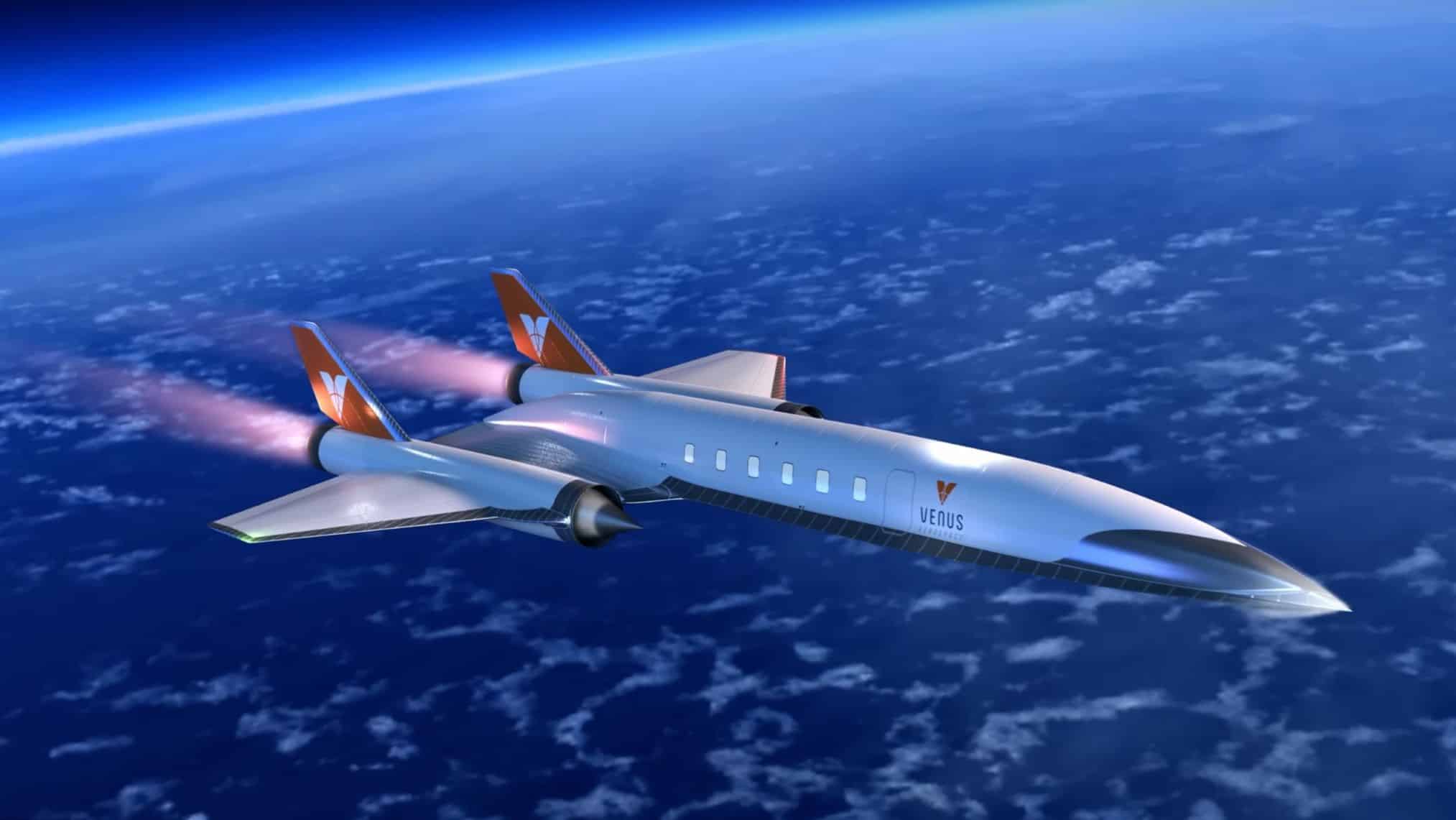Venus Aerospace Conducts Initial Test of Innovative RDRE Engine

In a groundbreaking achievement for hypersonic travel, Houston-based startup Venus Aerospace has successfully conducted the first test flight of a rotating detonation rocket engine (RDRE) in the United States. The test occurred on May 14 at Spaceport America in New Mexico, marking a significant advancement in propulsion technology. This successful flight not only demonstrates the engine’s operational capabilities but also brings Venus Aerospace closer to realizing affordable and sustainable high-speed flight from conventional runways.
Successful Test Flight Marks a New Era in Hypersonic Technology
Venus Aerospace’s recent RDRE flight is a historic milestone, being the first successful test of its kind in the U.S. that utilized real-world flight conditions. CEO Sassie Duggleby emphasized that this achievement is the culmination of five years of dedicated work aimed at making hypersonic travel both scalable and practical. The RDRE operates by replacing traditional combustion methods with a rotating detonation wave, which enhances thrust and fuel efficiency. This innovative approach could enable aircraft to reach speeds of up to Mach 6, or six times the speed of sound, potentially allowing for takeoffs from standard runways without the need for complex launch systems.
The RDRE’s successful performance in flight conditions, as noted by Chief Technology Officer Andrew Duggleby, provides valuable data that confirms the engine’s scalability. This development could revolutionize high-speed transport, eliminating the necessity for multi-stage rockets or external boosters. The RDRE is designed to work in conjunction with Venus’s VDR2 air-breathing detonation ramjet, creating a comprehensive propulsion system that supports sustained hypersonic travel.
Advancements in Propulsion Systems
The rotating detonation technology offers a more efficient and compact propulsion system, operating at higher pressures than conventional engines. With the successful atmospheric testing of the RDRE completed, Venus Aerospace is now shifting its focus to full-scale propulsion testing of its Stargazer M4, a reusable passenger aircraft capable of reaching speeds of Mach 4. This transition signifies a critical step toward integrating hypersonic technology into commercial aviation.
Venus Aerospace aims to leverage the RDRE design for various commercial aerospace applications, signaling the dawn of a new era in both commercial and military aviation. The company’s vision includes establishing hypersonic travel as a viable option for everyday transportation, enhancing speed and fuel efficiency in air travel.
Future Prospects for Hypersonic Travel
The implications of this successful test flight extend beyond technological advancements; they also suggest a shift in how we perceive air travel. By making hypersonic flight more accessible and practical, Venus Aerospace is poised to change the landscape of aviation. The integration of advanced propulsion systems like the RDRE could lead to faster travel times and reduced operational costs, making high-speed air travel a reality for more people.
As the company continues to develop its technologies, the focus will remain on ensuring safety and reliability in hypersonic travel. The successful RDRE test flight is just the beginning, and Venus Aerospace is committed to pushing the boundaries of what is possible in aerospace technology. With ongoing research and development, the future of hypersonic travel looks promising, potentially transforming the way we connect across the globe.
Observer Voice is the one stop site for National, International news, Sports, Editor’s Choice, Art/culture contents, Quotes and much more. We also cover historical contents. Historical contents includes World History, Indian History, and what happened today. The website also covers Entertainment across the India and World.

